TLR 1000, Netzsch
Guarded Hot Pipe – The Absolut Method for Determining the Thermal ConductivityThermal conductivity (λ with the unit W/(m•K)) describes the transport of energy – in the form of heat – through a body of mass as the result of a temperature gradient (see fig. 1). According to the second law of thermodynamics, heat always flows in the direction of the lower temperature.Thermal Conductivity of Pipe Insulations The use of insulation and building materials with a low Thermal ConductivityThermal conductivity (λ with the unit W/(m•K)) describes the transport of energy – in the form of heat – through a body of mass as the result of a temperature gradient (see fig. 1). According to the second law of thermodynamics, heat always flows in the direction of the lower temperature.thermal conductivity value substantially contributes to protecting the environment. When transferring media (gases or liquids) through pipelines, any thermal energy generated should be prevend from release back into the surroundings. Effective pipe insulation is needed for this. The Thermal ConductivityThermal conductivity (λ with the unit W/(m•K)) describes the transport of energy – in the form of heat – through a body of mass as the result of a temperature gradient (see fig. 1). According to the second law of thermodynamics, heat always flows in the direction of the lower temperature.thermal conductivity (Lambda, λ) is the property conveying a material's ability to conduct heat and is expressed in W/(m·K). The lower the Thermal ConductivityThermal conductivity (λ with the unit W/(m•K)) describes the transport of energy – in the form of heat – through a body of mass as the result of a temperature gradient (see fig. 1). According to the second law of thermodynamics, heat always flows in the direction of the lower temperature.thermal conductivity of a material, the better its insulating properties. NETZSCH TAURUS Instruments GmbH primarily produces devcies for measuring Thermal ConductivityThermal conductivity (λ with the unit W/(m•K)) describes the transport of energy – in the form of heat – through a body of mass as the result of a temperature gradient (see fig. 1). According to the second law of thermodynamics, heat always flows in the direction of the lower temperature.thermal conductivity as well as fire-testing equipment. These include guarded hot plates, HFM (heat-flow meters) and guarded hot pipe instruments for measuring the Thermal ConductivityThermal conductivity (λ with the unit W/(m•K)) describes the transport of energy – in the form of heat – through a body of mass as the result of a temperature gradient (see fig. 1). According to the second law of thermodynamics, heat always flows in the direction of the lower temperature.thermal conductivity of building and insulating materials.
The Guarded Hot Pipe method is a precise and reliable technique for determining the Thermal ConductivityThermal conductivity (λ with the unit W/(m•K)) describes the transport of energy – in the form of heat – through a body of mass as the result of a temperature gradient (see fig. 1). According to the second law of thermodynamics, heat always flows in the direction of the lower temperature.thermal conductivity of pipe insulations. It works by simulating real-world conditions under which the insulation would operate. A pipe is heated uniformly by an internal electrical heater, and the pipe is usually made of a material with high Thermal ConductivityThermal conductivity (λ with the unit W/(m•K)) describes the transport of energy – in the form of heat – through a body of mass as the result of a temperature gradient (see fig. 1). According to the second law of thermodynamics, heat always flows in the direction of the lower temperature.thermal conductivity to ensure even heat distribution.
Surrounding the central heated pipe, there is a guard heater whose purpose is to minimize heat loss and ensure that all the heat flows through the insulation material. This setup helps in maintaining a unidirectional heat flow, which is critical for accurate measurements. The insulation material whose Thermal ConductivityThermal conductivity (λ with the unit W/(m•K)) describes the transport of energy – in the form of heat – through a body of mass as the result of a temperature gradient (see fig. 1). According to the second law of thermodynamics, heat always flows in the direction of the lower temperature.thermal conductivity is to be measured is wrapped around the heated pipe.
The system is allowed to reach a steady state, where the temperature remains constant over time. This ensures that the heat transfer through the insulation material is stable and can be accurately measured. Thermocouples or other temperature sensors are placed at various points on the pipe and within the insulation to measure the temperature gradient. By knowing the power input to the heater, the temperatures at different points, and the dimensions of the setup, the heat flow through the insulation can be calculated.
All features at a glance
- Fully insulated test chamber, designed for tube specimens with a diameter up to 220 mm
- Reference test pipe optionally available
- Easy sample change from the top
- Measurement precision exceeding the standard (DIN EN ISO 8497) thanks to 16 temperature sensors and two thermo chains between measuring and protection tube
- Operator guidance via touch display with intuitive control by the software
- Network capability
- Control, data acquisition and processing via external PC (Windows operating system) and Lambda software (option) for comprehensive evaluation and printing of measurement protocols
- Numerous interfaces such as RS232, USB and Gigabit Ethernet
- Fully automated measurement
- Variable dimensions of the hot pipe; inner pipe diameter from 18 to 89 mm
- Protected chamber tempered by the cooling system
- Reference test pipe made of rock wool with works calibration certificate
- Hot pipes with extended temperature range
| TLR 1000 | |
|---|---|
| Measuring range | 0.001 W/(m·K) up to 0.25 W/(m·K) |
| Specimen diameter |
|
| Temperature range |
|
| Interface | 1x RS 232,1x Gigabit Ethernet, USB |
| Dimensions (H x W x D) | 45 cm x 1850 cm x 50 cm |
| Power supply | 110 V to 230 V, 50/60 Hz |
| Weight | 118 kg |

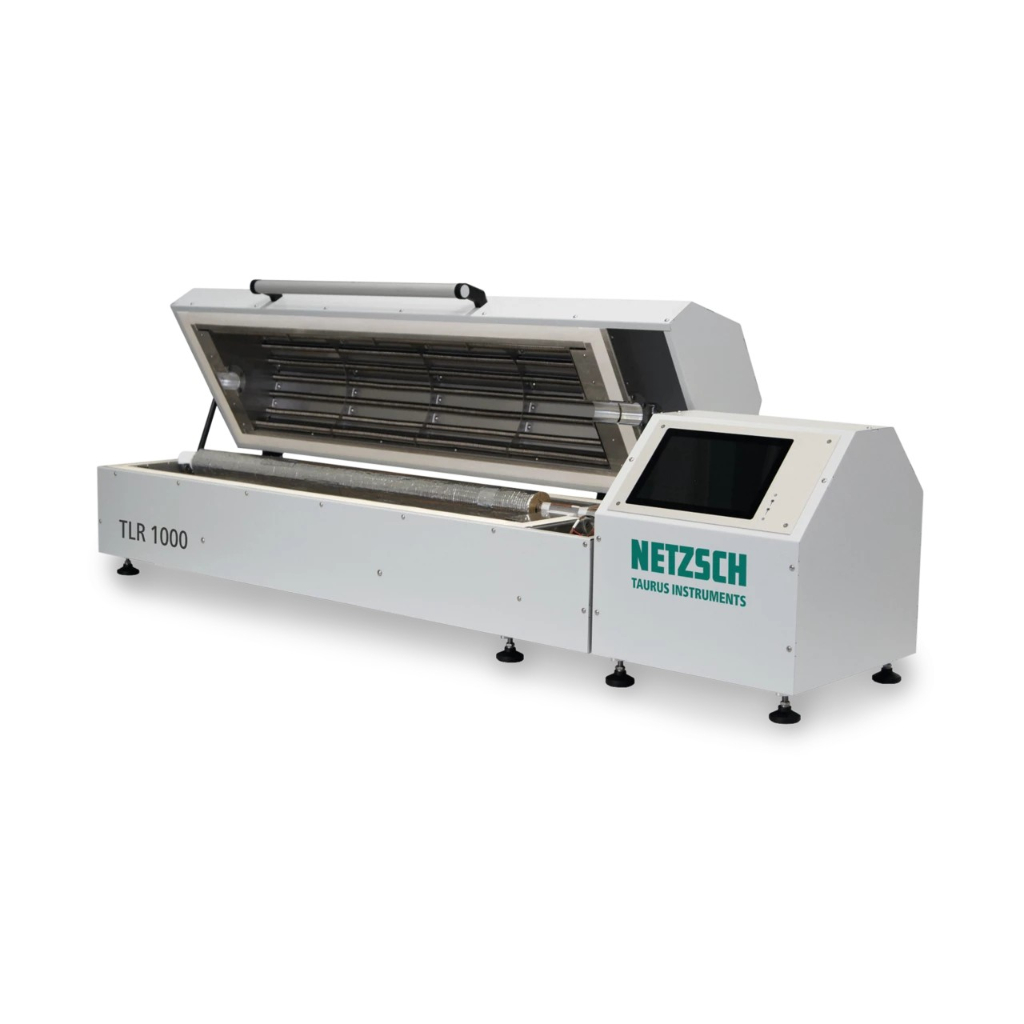
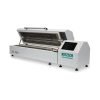

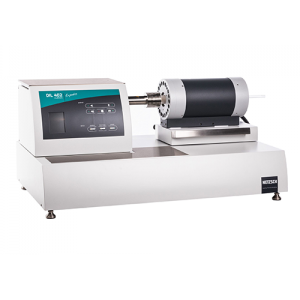
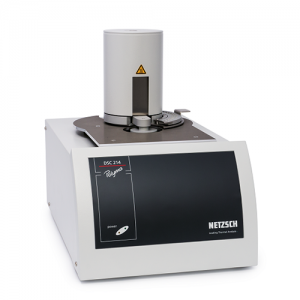
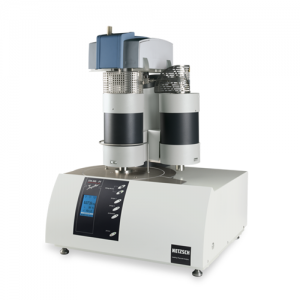
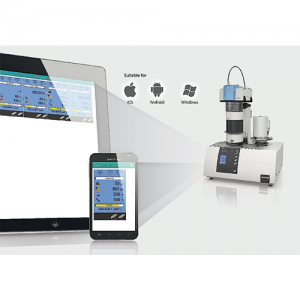
Reviews
There are no reviews yet.